Previous Episodes
- December 2025
- November 2025
- October 2025
- September 2025
- August 2025
- July 2025
- June 2025
- May 2025
- April 2025
- March 2025
- February 2025
- January 2025
- December 2024
- November 2024
- October 2024
- September 2024
- August 2024
- July 2024
- June 2024
- May 2024
- April 2024
- March 2024
- February 2024
- January 2024
- December 2023
- November 2023
- October 2023
- September 2023
- August 2023
- July 2023
- June 2023
- May 2023
- April 2023
- March 2023
- February 2023
- January 2023
- December 2022
- November 2022
- October 2022
- September 2022
- August 2022
- July 2022
- June 2022
- May 2022
- April 2022
- March 2022
- February 2022
- January 2022
- December 2021
- November 2021
- October 2021
- September 2021
- August 2021
- July 2021
- June 2021
- May 2021
- April 2021
- March 2021
- February 2021
- January 2021
- December 2020
- November 2020
- October 2020
- September 2020
- August 2020
- July 2020
- June 2020
- May 2020
- April 2020
- March 2020
- February 2020
- January 2020
- December 2019
- November 2019
- October 2019
- September 2019
Reproduction of shakoki style figurine found at Kamegaoka.
This episode will be our final look at the Jomon Period in Japan. Specifically we are focusing on the northern Jomon, in Tohoku and Hokkaido. We'll take a brief overview of this northern area throughout the Jomon period, and then focus on the transition from the Middle to Late and Final Jomon periods.
As for the title, see our lovely friend right here—a shakoki, or goggle-style, figurine. Doesn’t she look like some kind of buff, angry alien? This one is a reconstruction of the original, which is actually missing its left leg—broken off in an apparent ritual. Below are some other examples of figurines from northern Japan, along with lacquerware and more.
We also included something we didn’t talk about in the podcast—clay masks, which we also find throughout the archipelago in various shapes and some not even made out of pottery.
And speaking of rituals, here is an article in Atlas Obscura about the Oyu Stone Circles.
We also have a treat this episode--we are getting our best glimpse yet of the people through the DNA of one of the women from Funadomari. We'll take a look at what we know about her, including what is up with the whole "wet earwax" thing.
BTW, for those who want to better understand the whole “wet earwax” thing, here’s an article on the subject by Dr. John McDonald.
If you enjoy this episode, please feel free to reach out and Tweet or email us, or drop comments in the Comment section, below this post.
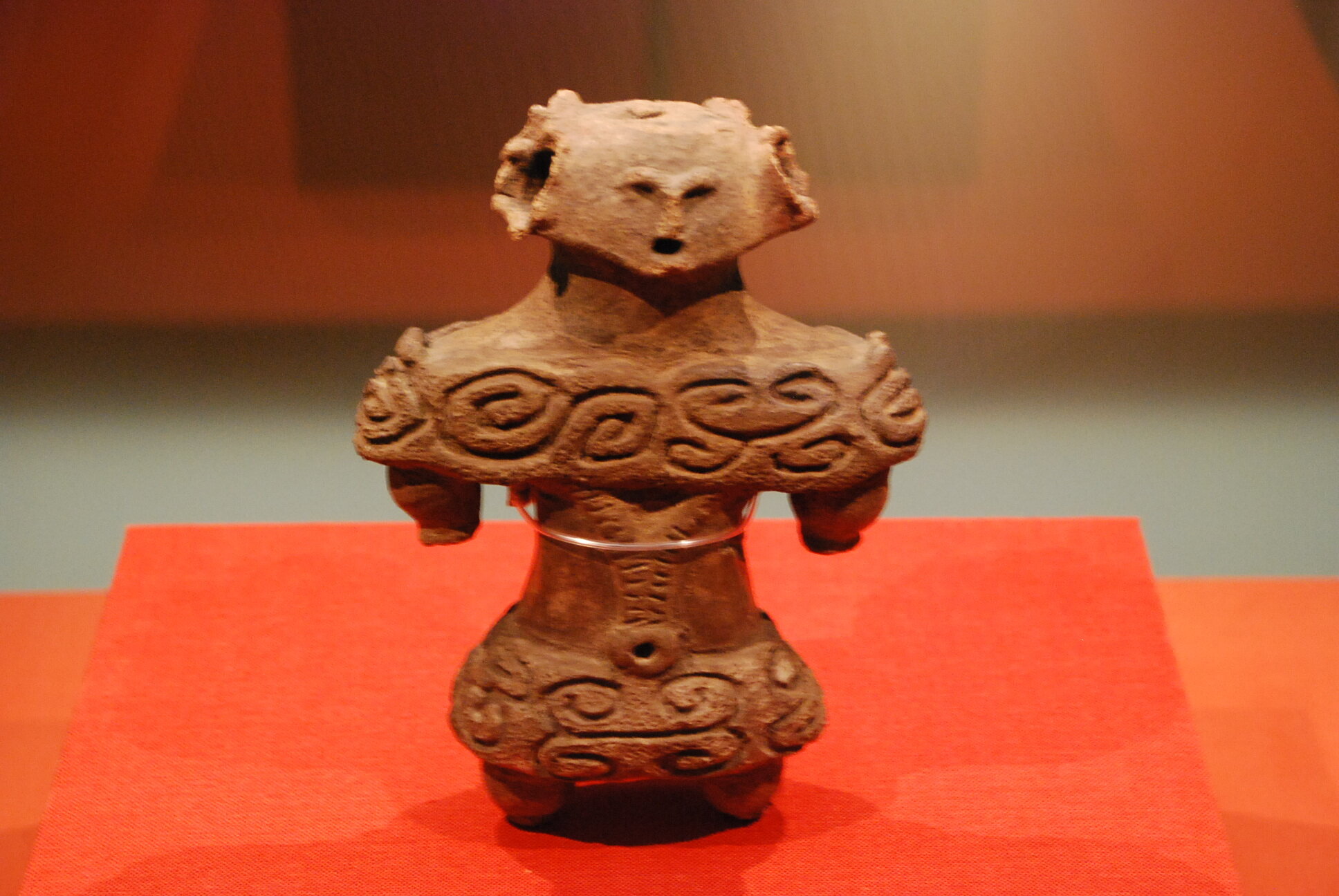


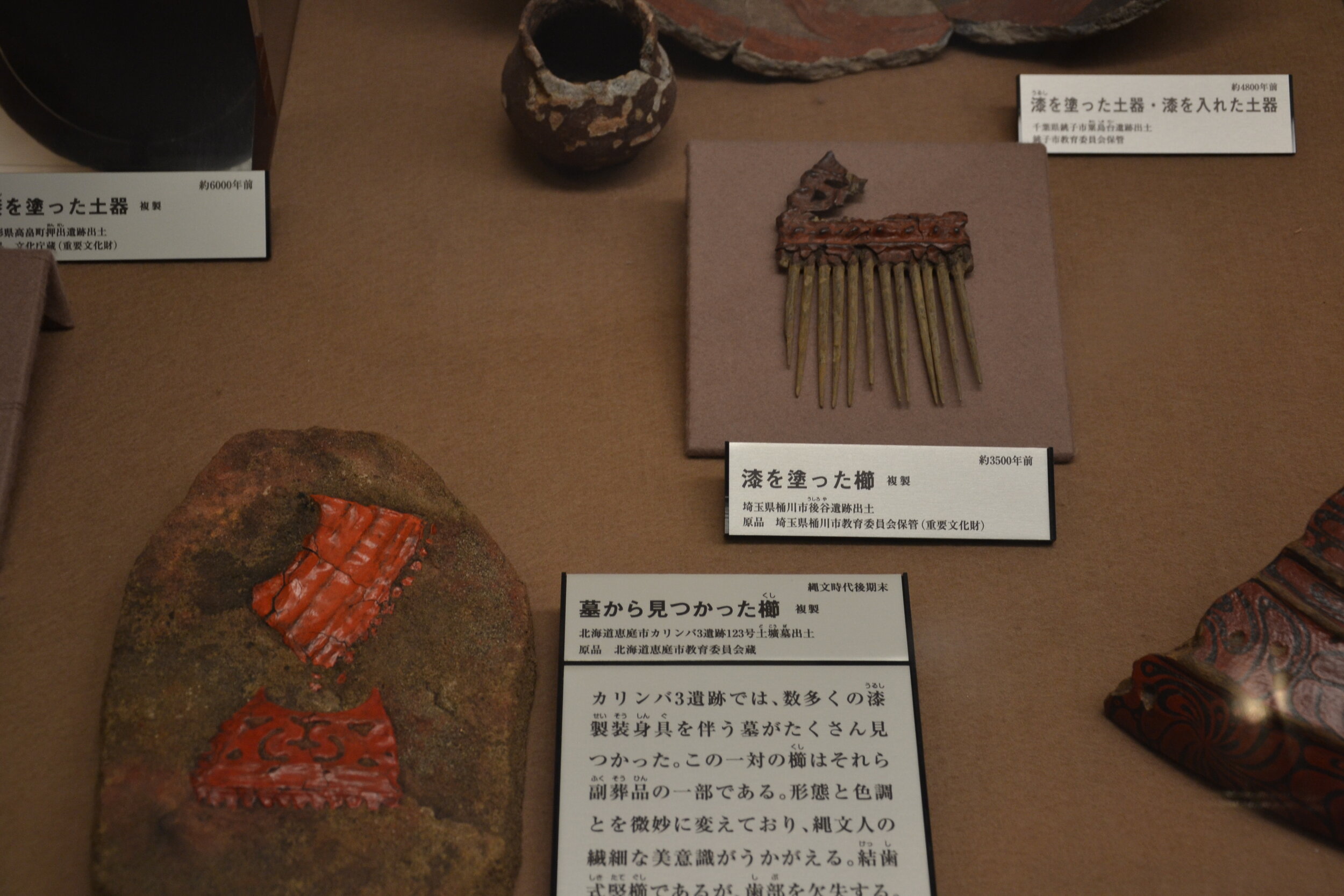

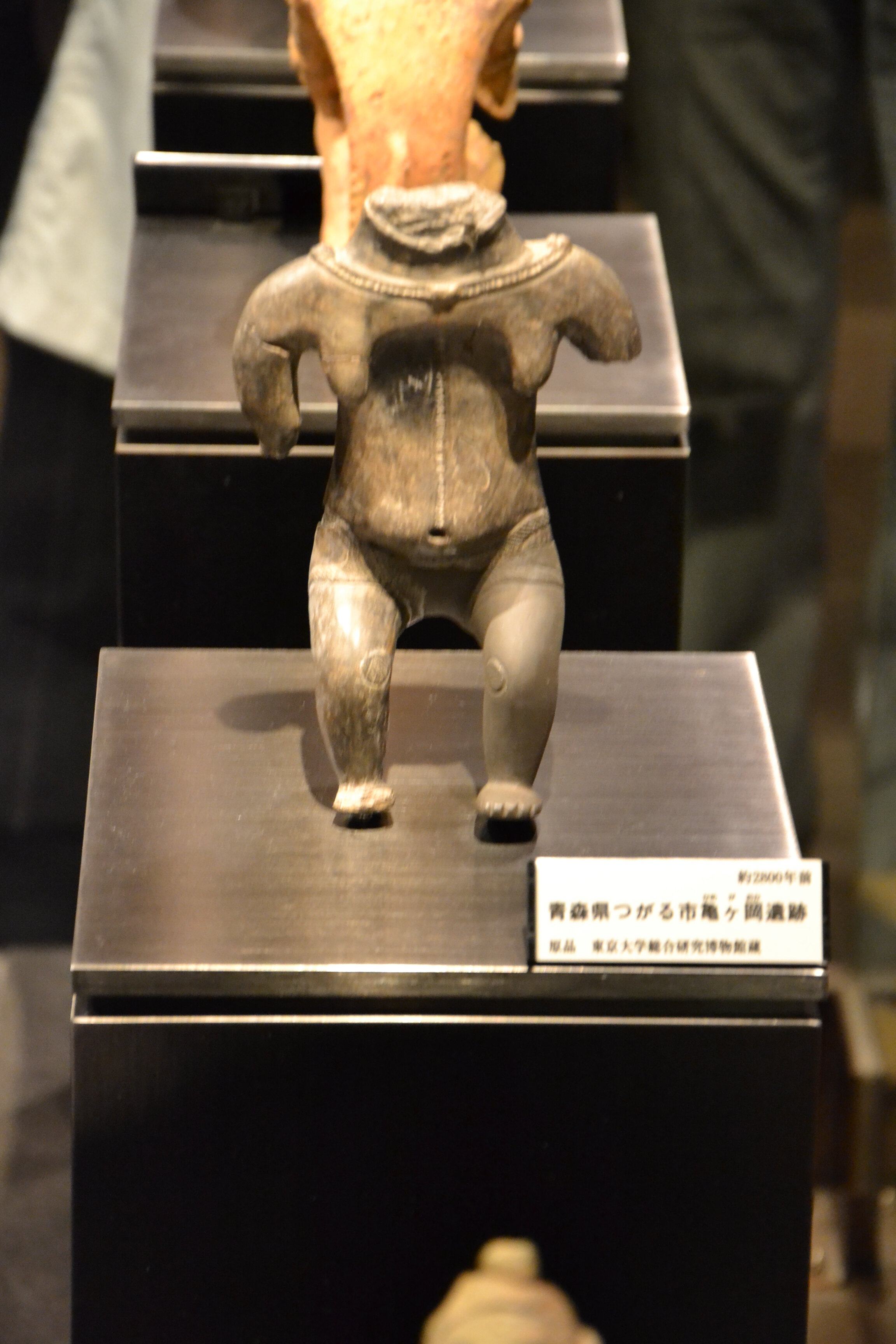
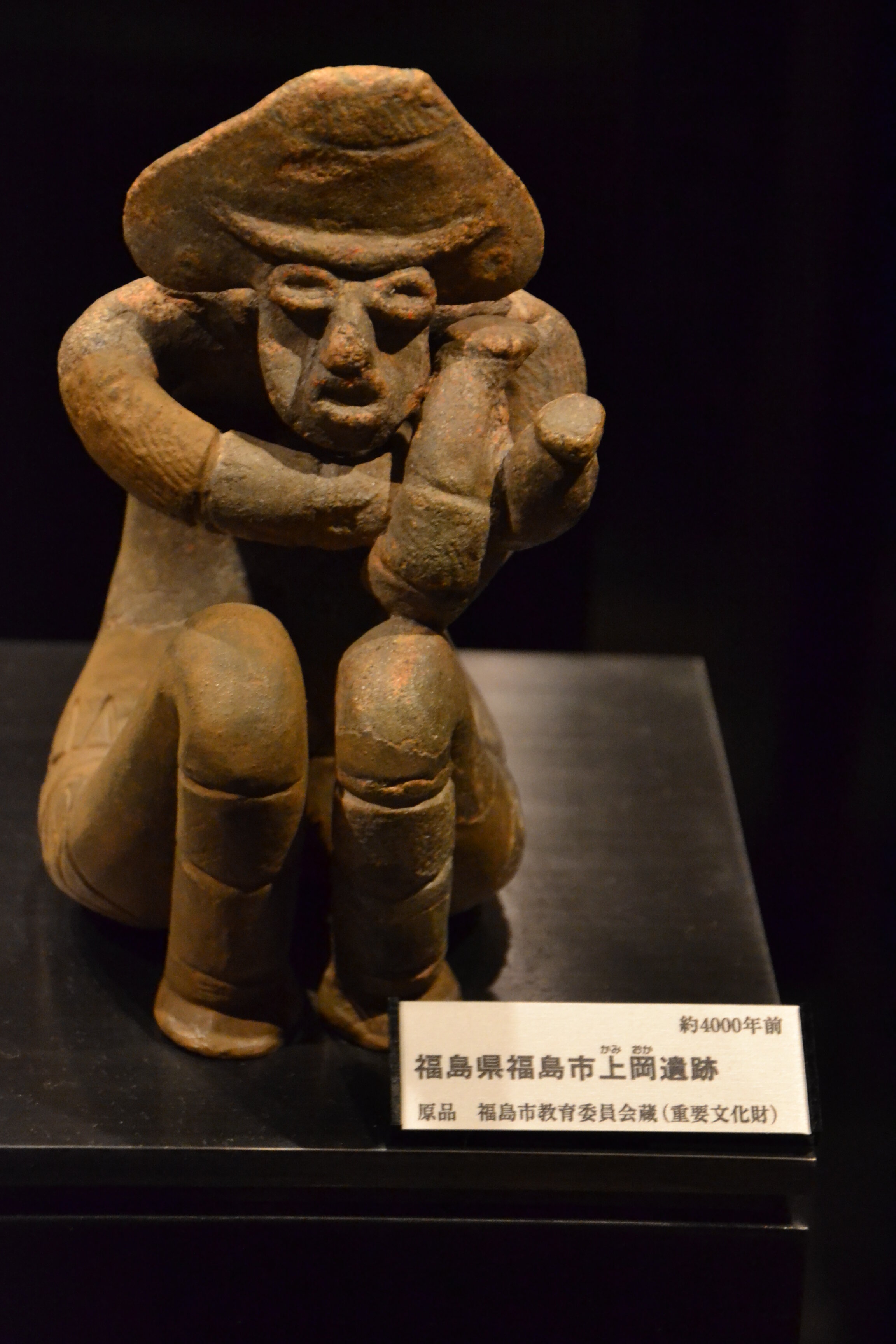
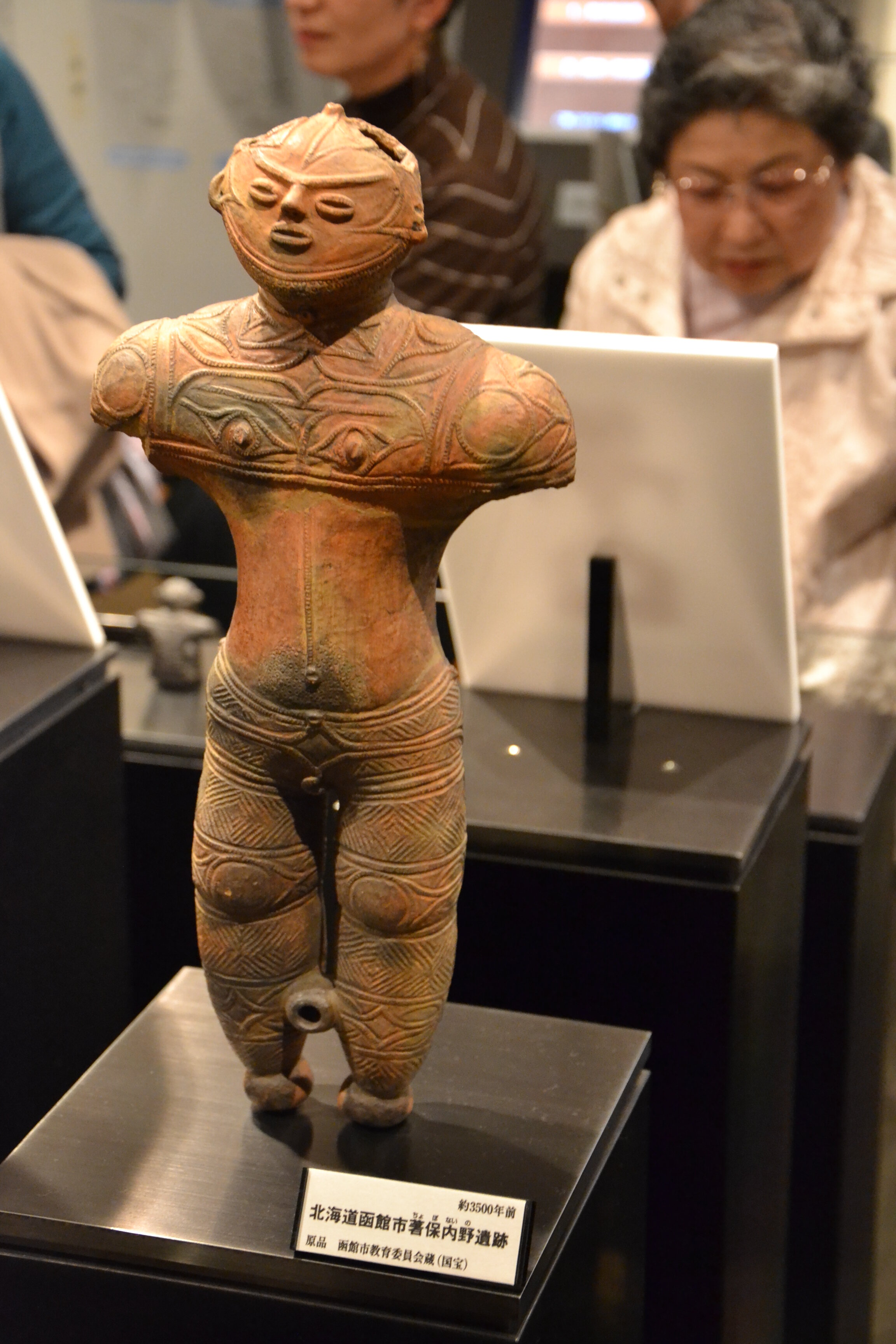
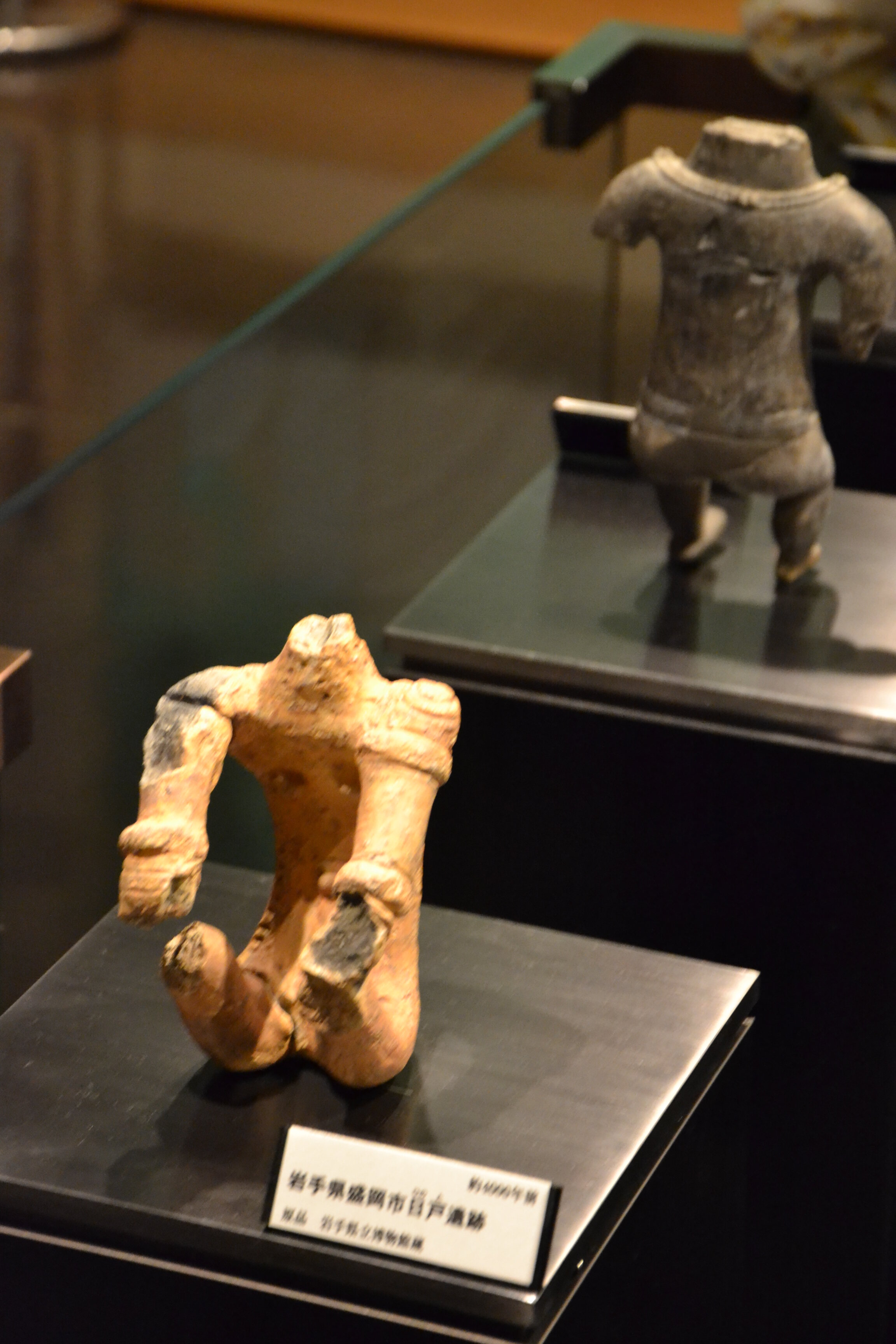
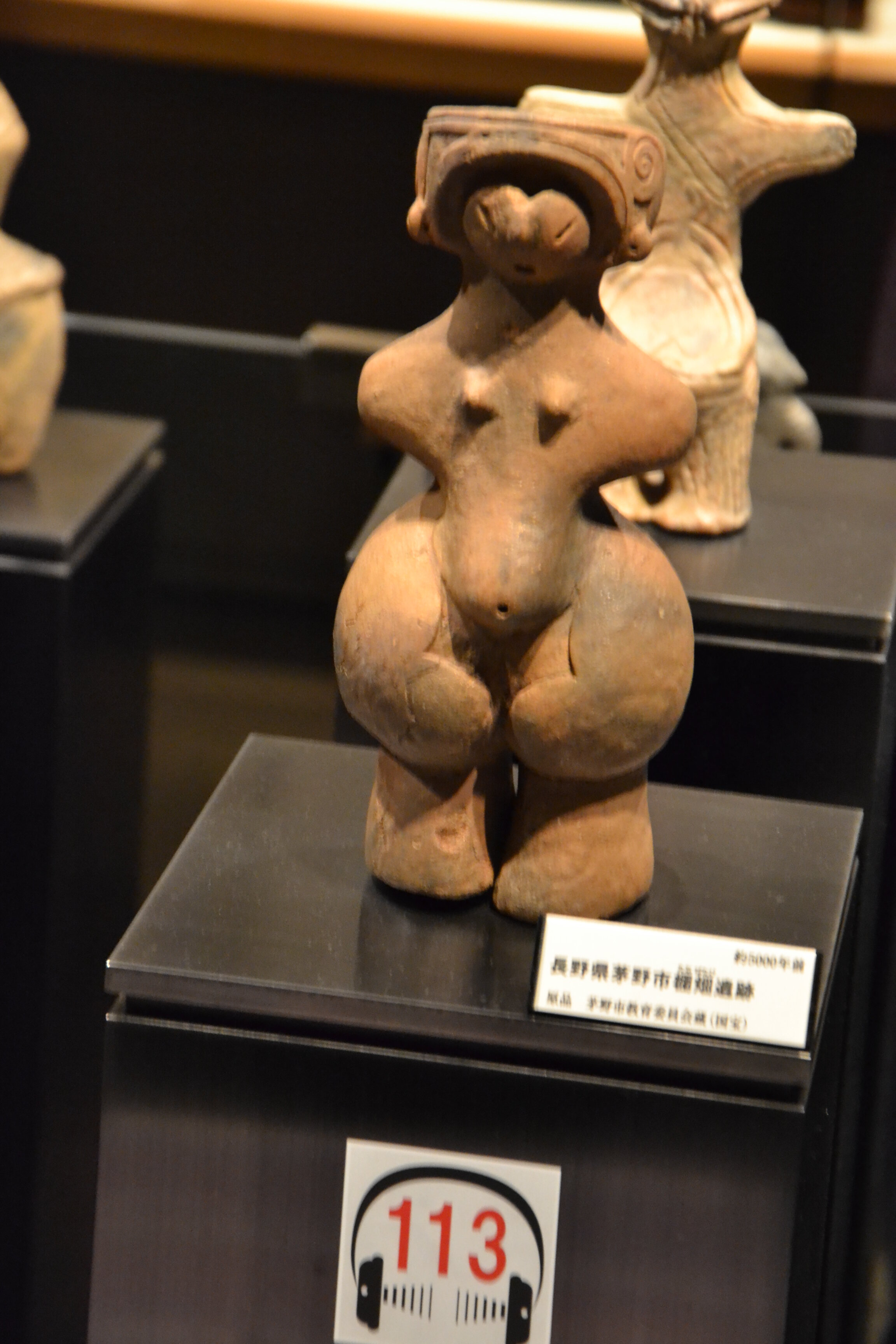
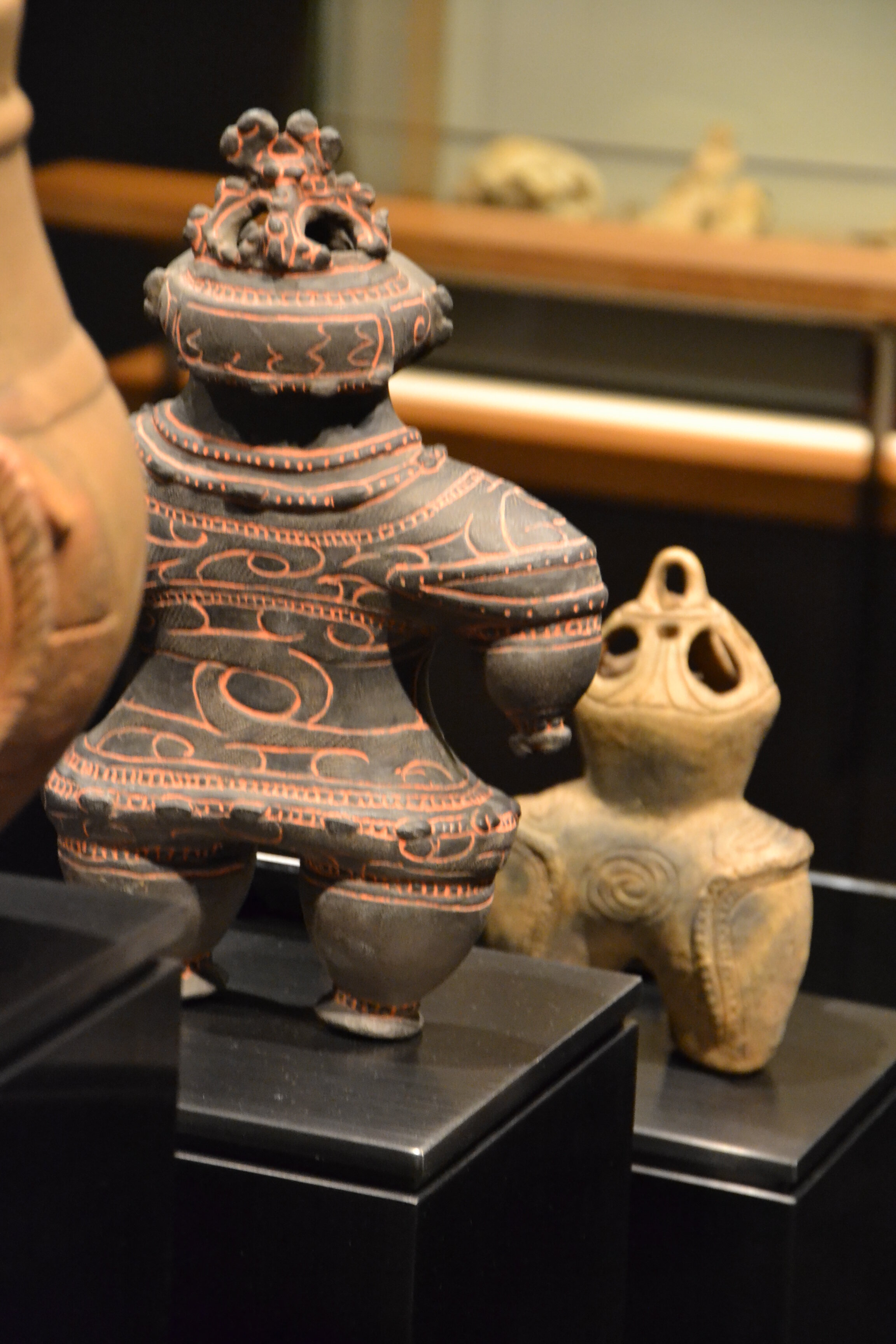
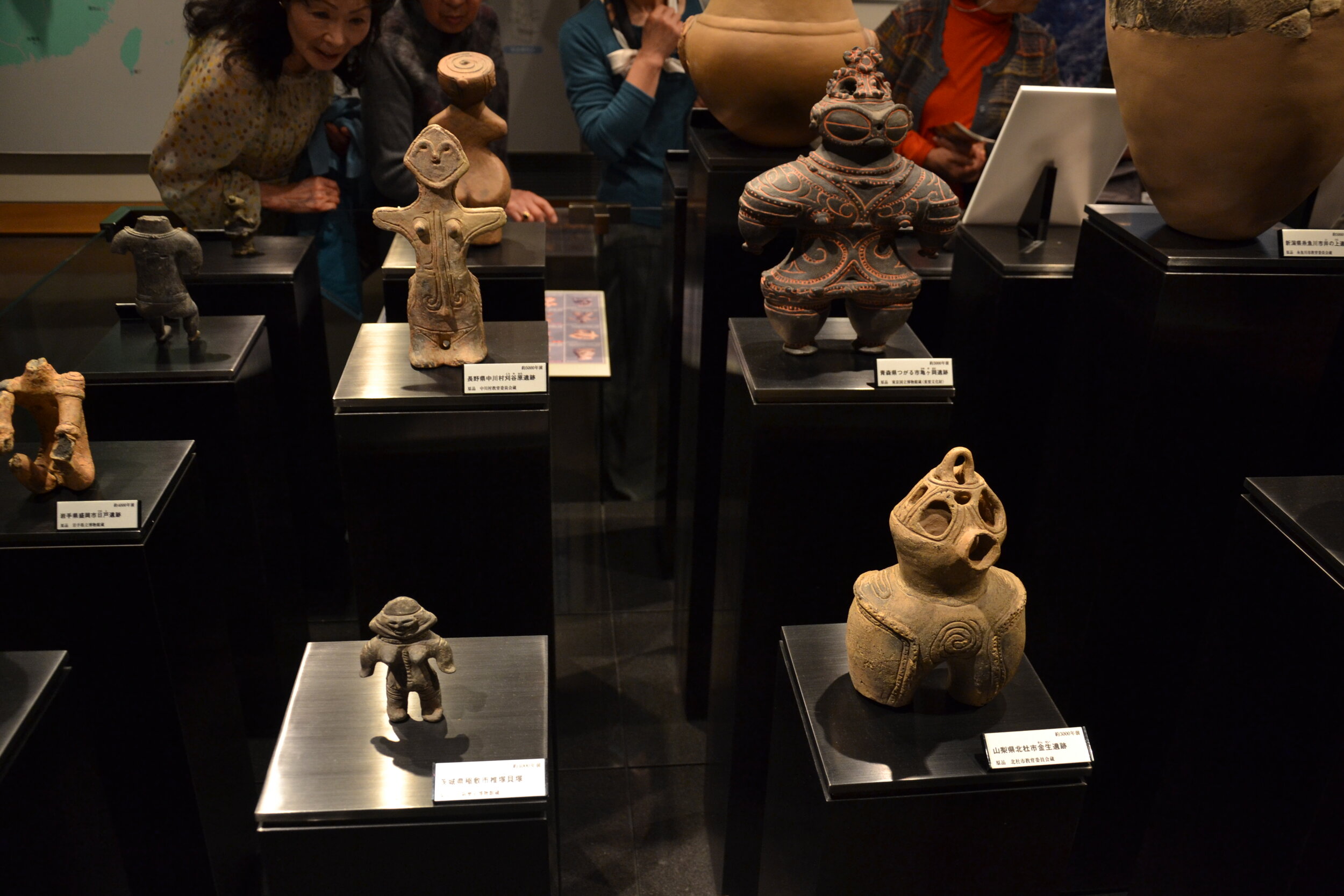

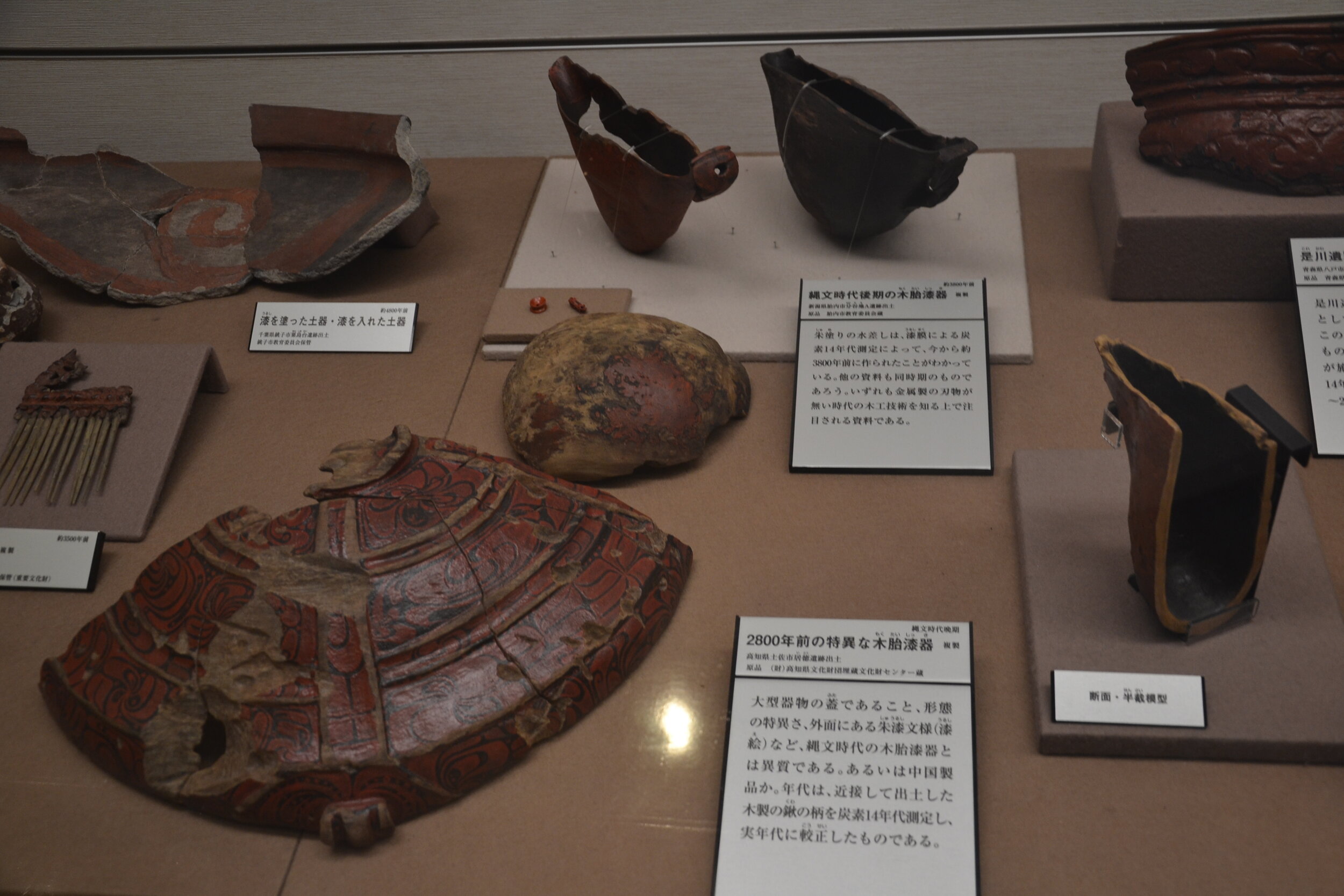
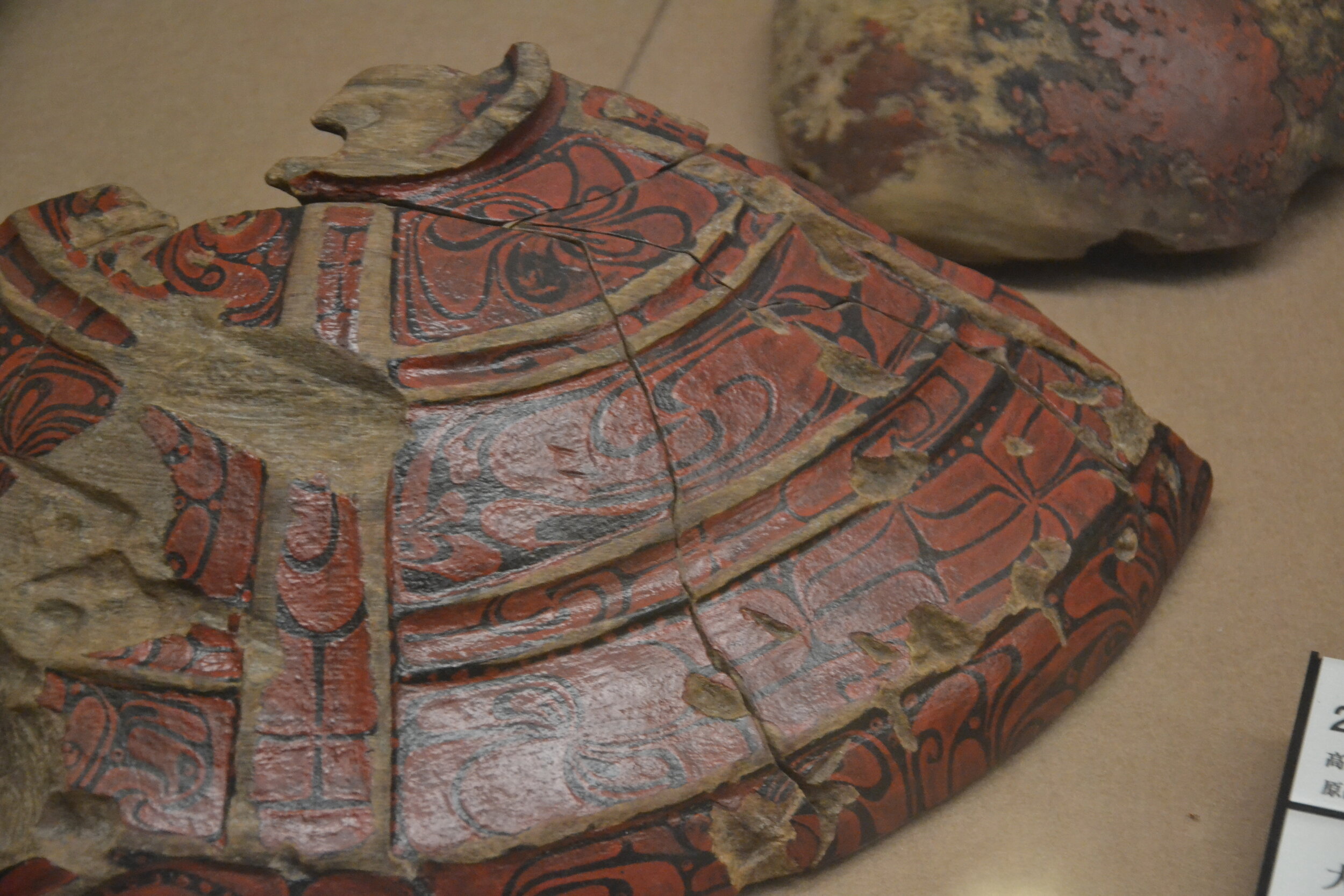
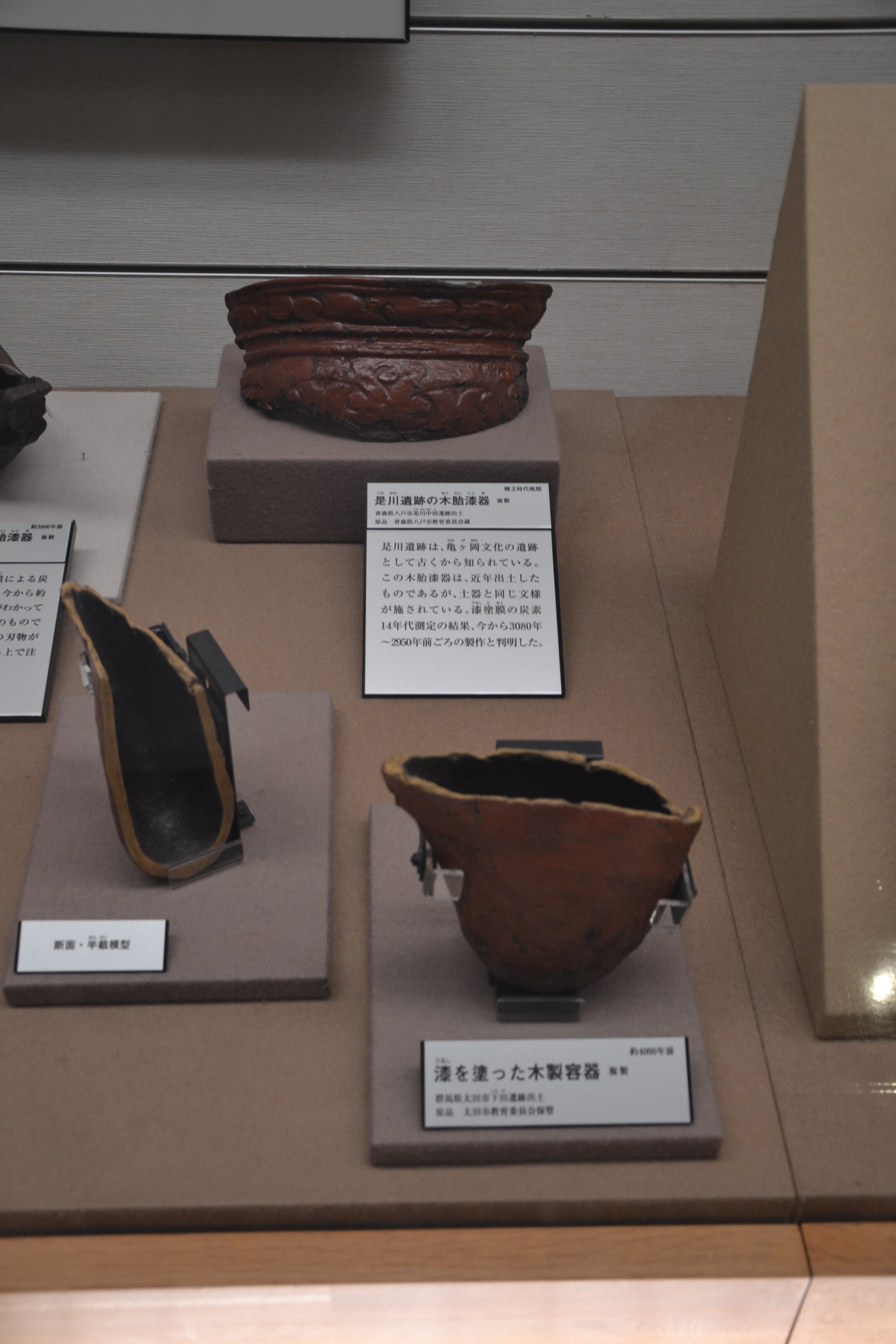
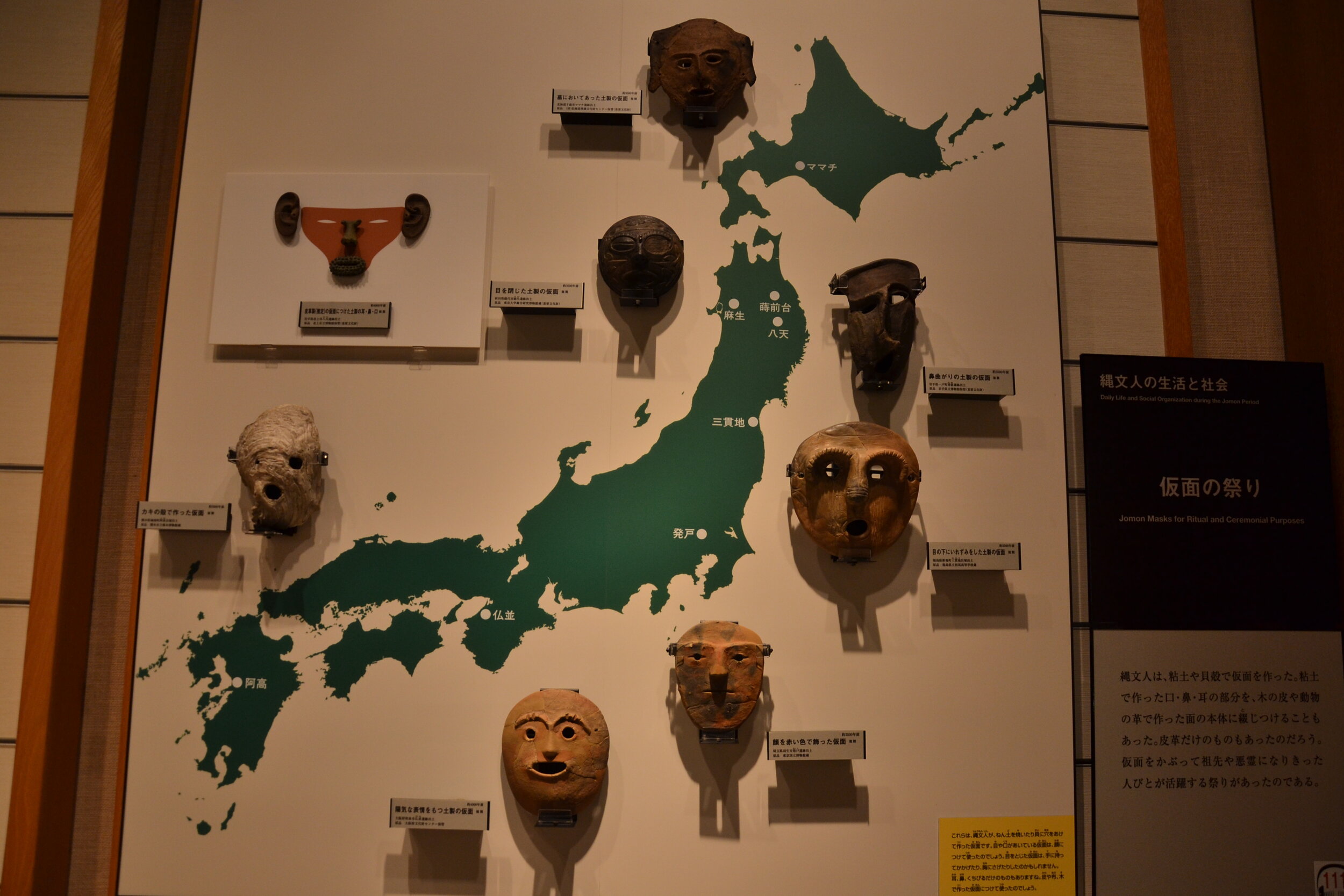
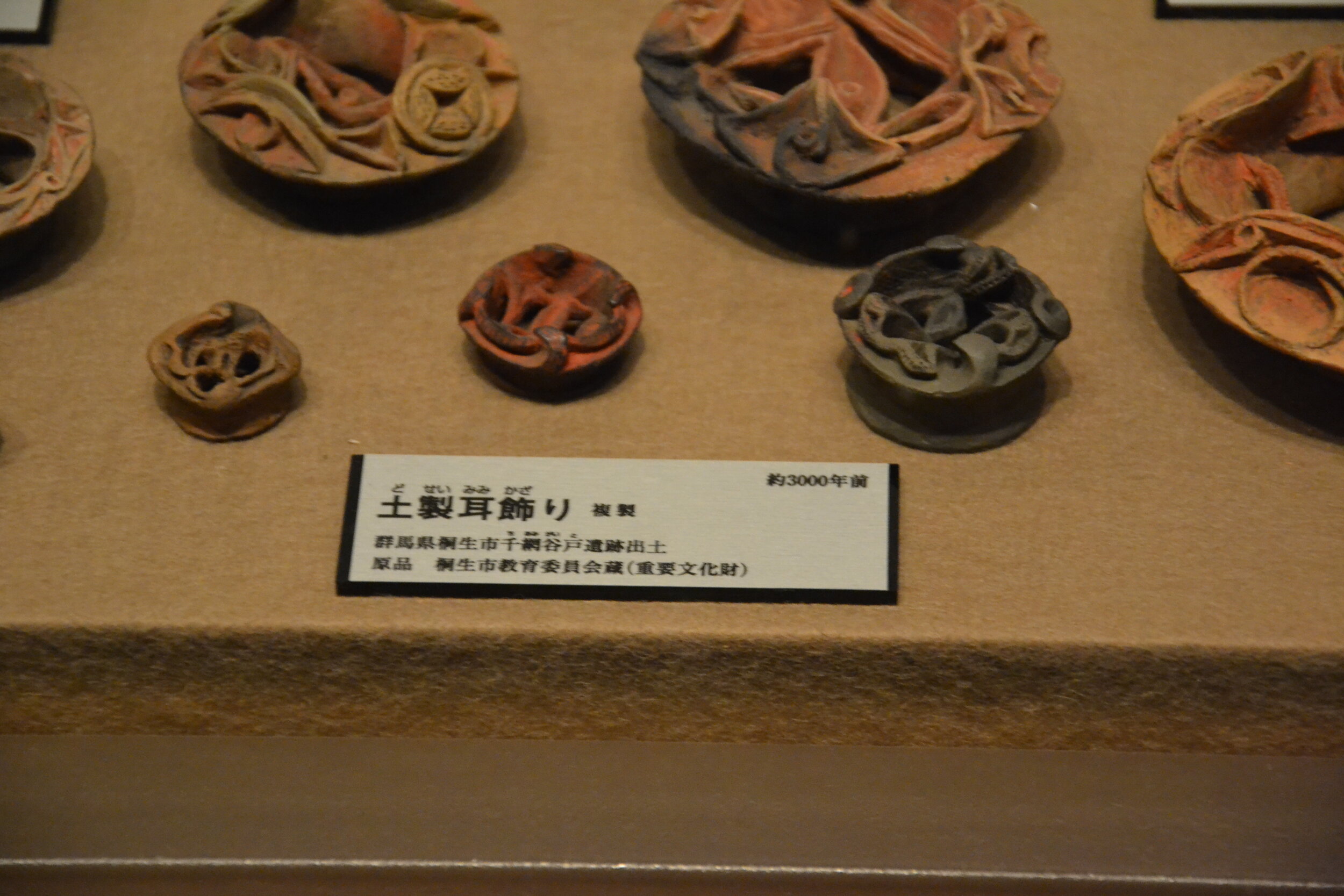
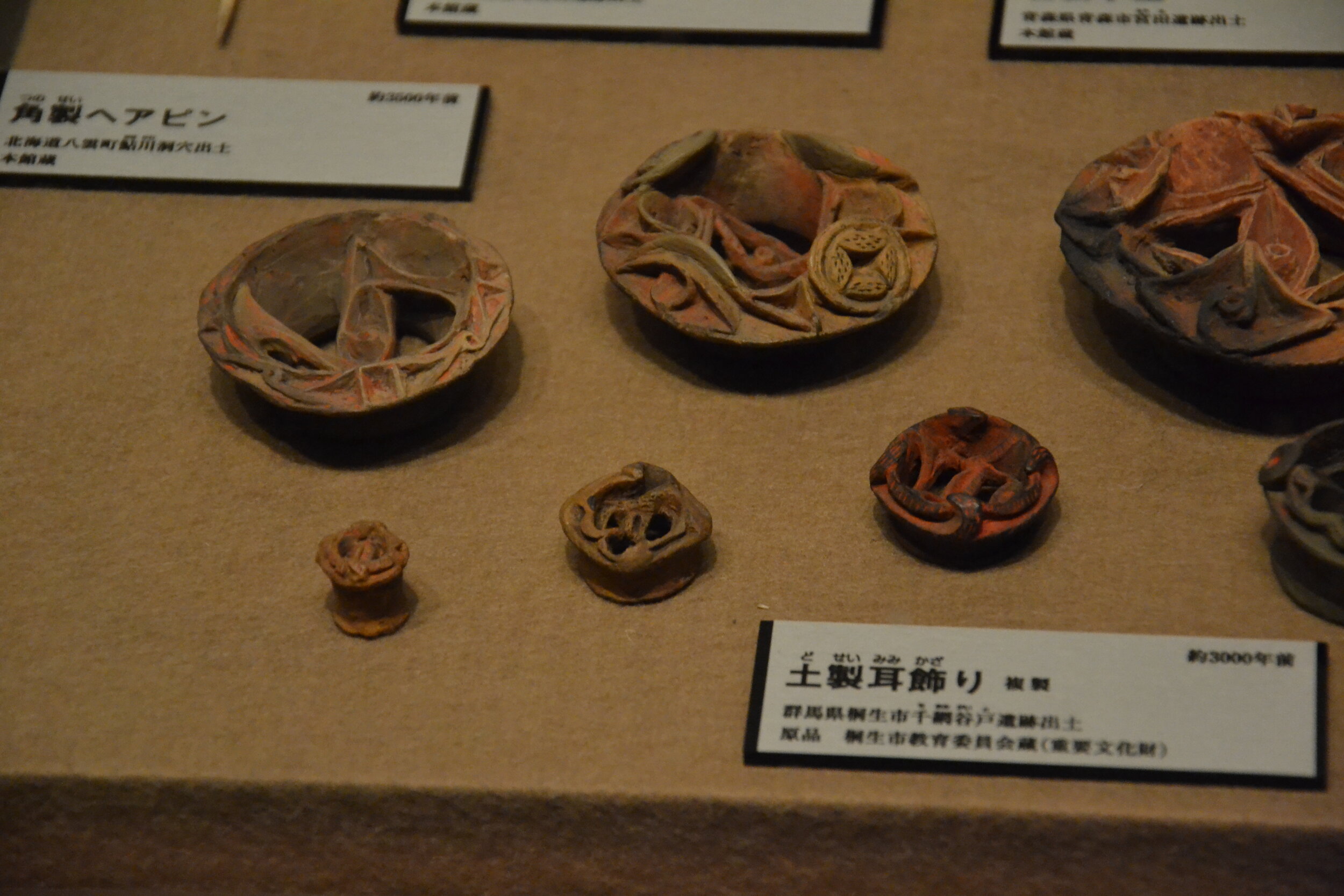
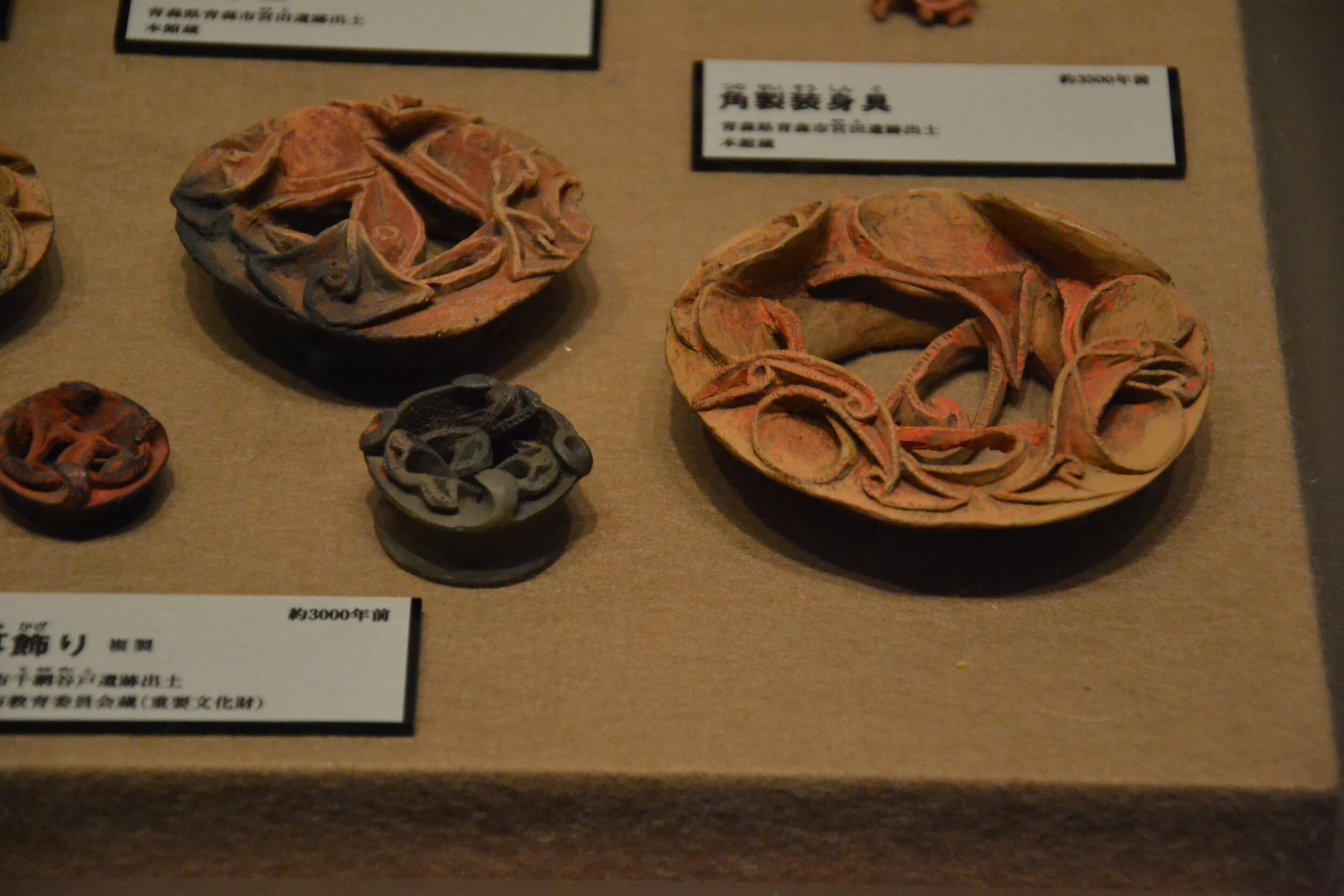
References
2019 Geggel, Laura “Freckled Woman with High Alcohol Tolerance Lived in Japan 3,800 years ago” (https://www.livescience.com/65536-ancient-japanese-woman-genetics.html), Live Science, 22 May 2019
2019 Kanazawa-Kiriyama, Hideaki, et al; “Late Jomon male and female genome sequences from the Funadomari site in Hokkaido, Japan.” Anthropological Science, 15 April 2019 (https://www.jstage.jst.go.jp/article/ase/advpub/0/advpub_190415/_pdf/-char/en)
2011 McDonald, J.H., Myths of Human Genetics. Sparky House Publishing, Baltimore, Maryland. https://udel.edu/~mcdonald/mythearwax.html
2003 (June) Togawa, Minako; “The Jomon Clay Figurines of the Kaminabe Site, Kyushu, Japan”
2002 Mizoguchi, Koji; An Archaeological History of Japan: 30,000 B.C. to A.D. 700
2000 Naumann, Nelly; Japanese Prehistory: The Material and Spritual Culture of the Jōmon Period
1988 Barnes, Gina L.; Protohistoric Yamato: Archaeology of the First Japanese State
1996 Aikins, C. Melvin and Akazawa, Takeru, “The Pleistocene-Holocene Transition in Japan and Adjacent Northeast Asia.” In: Straus L.g., Erksen B.V., Erlandson J.M., Yesner D.R. (eds) Humans at the End of the Ice Age: Interdiciplinary Contributions to Archaeology, pp 215-227, Spring, Boston, MA
1996 Imamura, Keiji; Prehistoric Japan: New Perspectives on Insular East Asia
